Home>Home Appliances>Heating & Cooling>How Does Oil Central Heating Work
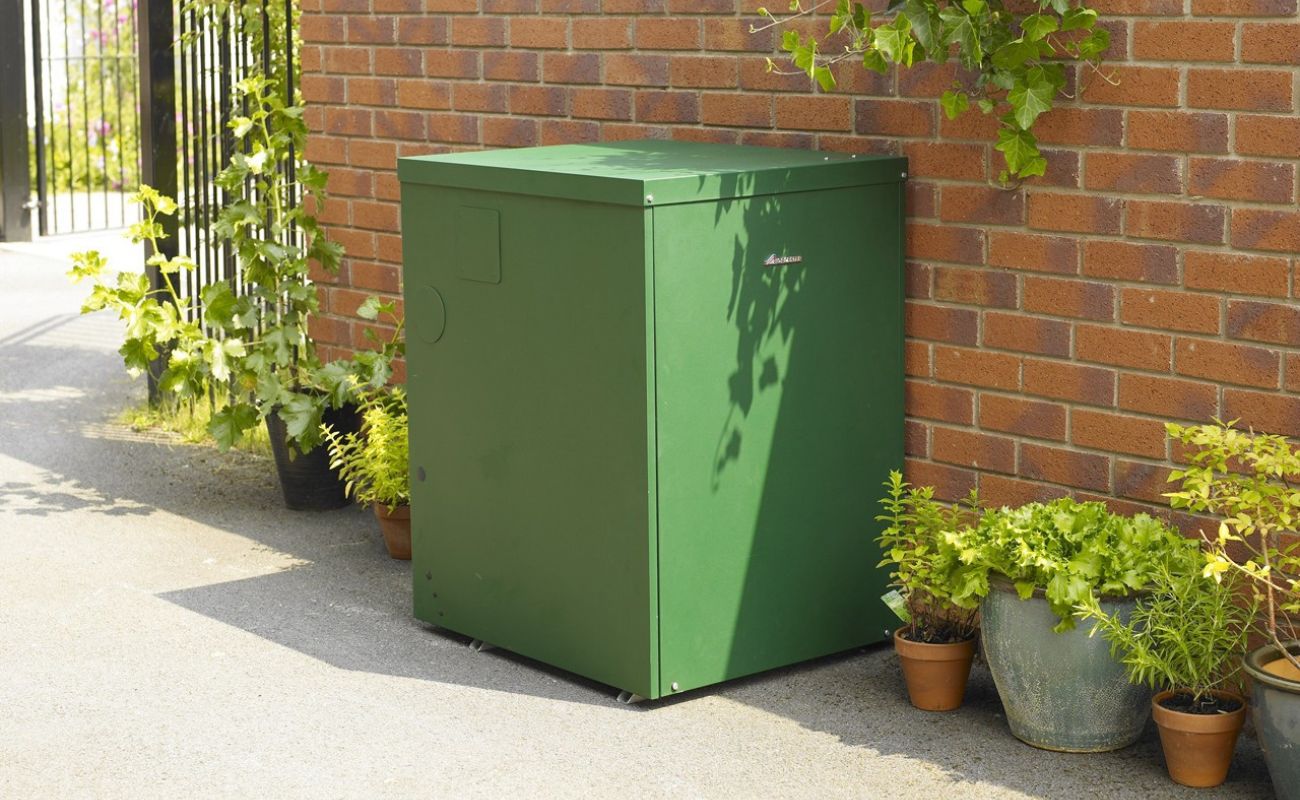

Heating & Cooling
How Does Oil Central Heating Work
Modified: October 18, 2024
Learn how oil central heating works and its benefits for efficient heating and cooling. Discover the key components and operation of oil central heating systems.
(Many of the links in this article redirect to a specific reviewed product. Your purchase of these products through affiliate links helps to generate commission for Storables.com, at no extra cost. Learn more)
Introduction
Oil central heating is a popular and efficient method of keeping homes warm and comfortable, especially in areas where natural gas is not readily available. This heating system relies on a supply of heating oil, which is stored in a tank on the property and used to fuel the central heating boiler. The boiler then distributes heat throughout the home via radiators or underfloor heating systems.
Understanding how oil central heating works and its various components is essential for homeowners considering this heating option. In this comprehensive guide, we will delve into the intricacies of oil central heating, exploring its components, functionality, advantages, disadvantages, and maintenance requirements. By the end of this article, readers will have a thorough understanding of oil central heating systems, empowering them to make informed decisions about their home heating needs.
Let's embark on a journey to uncover the inner workings of oil central heating and gain valuable insights into this reliable and effective method of home heating.
Key Takeaways:
- Oil central heating uses a boiler to heat water, which is then distributed through the home to keep it warm and cozy. It’s efficient, versatile, and offers independence from natural gas.
- Regular maintenance is crucial for oil central heating systems to ensure they work efficiently and safely. This includes servicing, tank maintenance, flue checks, thermostat calibration, and professional inspections.
Read more: How Does A Central Heating System Work
Components of an Oil Central Heating System
An oil central heating system comprises several key components that work together to provide warmth and comfort to a home. Understanding these components is crucial for homeowners to grasp the functionality of their heating system. Let's explore the essential elements of an oil central heating system:
-
Boiler: The boiler is the heart of the oil central heating system. It is responsible for heating the water, which is then circulated through the radiators or underfloor heating pipes to warm the home. Boilers can be of various types, including combi boilers, system boilers, and regular boilers, each with its unique features and suitability for different property types.
-
Oil Storage Tank: This tank stores the heating oil, which is used to fuel the boiler. The size of the oil storage tank depends on the heating requirements of the property and the frequency of oil deliveries. Proper maintenance and periodic inspections of the tank are essential to ensure its safety and longevity.
-
Pipes and Radiators/Underfloor Heating: These components form the distribution system for the heated water from the boiler. The pipes carry the hot water to the radiators or underfloor heating pipes, where the heat is released into the rooms. Radiators come in various sizes and styles, offering homeowners flexibility in choosing the most suitable option for their interior design and heating preferences.
-
Thermostat and Controls: A thermostat allows homeowners to regulate the temperature within their property. Modern oil central heating systems are equipped with advanced controls, including programmable thermostats and smart heating systems, enabling precise temperature management and energy efficiency.
-
Flue: The flue is a crucial component for safely expelling the by-products of combustion, such as carbon dioxide and water vapor, from the boiler to the outside environment. Proper installation and maintenance of the flue are essential for the safe operation of the oil central heating system.
Understanding the components of an oil central heating system provides homeowners with valuable insights into the functionality and maintenance requirements of their heating setup. With this knowledge, homeowners can make informed decisions regarding the installation, upkeep, and optimization of their oil central heating system for enhanced comfort and energy efficiency.
How Oil Central Heating Works
Oil central heating works by utilizing a boiler to heat water, which is then circulated through the property to provide warmth and comfort. The process begins with the heating oil being stored in a tank on the property, ready to fuel the central heating system. When the heating system is activated, the oil is drawn from the storage tank and transported to the boiler, where it is ignited to generate heat.
Once the oil is ignited in the boiler, it heats the water within the system to a predetermined temperature. This heated water is then distributed through a network of pipes to various parts of the property, such as radiators or underfloor heating systems. As the hot water flows through the radiators or underfloor pipes, it releases heat, warming the surrounding air and creating a comfortable indoor environment.
The thermostat and controls play a crucial role in regulating the temperature within the property. Homeowners can set the desired temperature on the thermostat, allowing the central heating system to maintain a consistent level of warmth. Modern oil central heating systems often feature programmable thermostats and smart controls, enabling precise temperature management and energy efficiency.
Efficient combustion and safe ventilation are facilitated by the flue, which safely expels the by-products of combustion, such as carbon dioxide and water vapor, from the boiler to the outside environment. This ensures the safe operation of the oil central heating system while minimizing environmental impact.
In summary, oil central heating works by harnessing the energy from heating oil to heat water, which is then distributed throughout the property to provide warmth. The coordinated operation of the boiler, oil storage tank, distribution system, thermostat, and flue ensures efficient and reliable heating for homes, offering occupants a cozy and comfortable living space.
Understanding the inner workings of oil central heating systems empowers homeowners to appreciate the functionality of their heating setup and make informed decisions regarding its installation, maintenance, and optimization for enhanced comfort and energy efficiency.
Advantages of Oil Central Heating
Oil central heating offers several compelling advantages that make it a popular choice for homeowners seeking reliable and efficient heating solutions. Let's explore the notable benefits of oil central heating:
-
Energy Efficiency: Oil central heating systems are known for their high energy efficiency, providing consistent and reliable warmth while minimizing energy consumption. Modern boilers are designed to optimize fuel usage, resulting in cost savings for homeowners and reduced environmental impact.
-
Independence: Unlike natural gas, which relies on a continuous supply from the gas grid, oil central heating offers homeowners independence and control over their fuel source. With an on-site oil storage tank, homeowners can manage their fuel supply and schedule deliveries according to their heating needs, ensuring uninterrupted warmth throughout the year.
-
Versatility: Oil central heating systems are versatile and suitable for a wide range of property types, including rural homes and properties without access to natural gas infrastructure. This versatility makes oil central heating a viable option for homeowners seeking effective heating solutions in diverse geographical locations.
-
Consistent Heat Output: Oil central heating systems deliver consistent and comfortable heat output, ensuring a cozy indoor environment even during the coldest months. The reliable performance of oil central heating systems contributes to enhanced comfort and well-being for occupants.
-
Longevity: Well-maintained oil central heating systems are known for their longevity and durability. With proper care and regular maintenance, boilers and associated components can provide reliable heating for many years, offering homeowners a long-term heating solution with minimal downtime.
-
Modern Controls and Technology: Advancements in oil central heating technology have led to the integration of modern controls and smart heating systems. Homeowners can benefit from programmable thermostats, remote heating management, and energy-efficient features, allowing for precise temperature control and enhanced energy savings.
-
Environmental Impact: While oil central heating systems utilize heating oil as a fuel source, advancements in oil burner technology have significantly reduced emissions, making modern oil central heating systems more environmentally friendly. Efficient combustion and clean-burning practices contribute to minimizing the environmental impact of oil central heating.
-
Resilience: Oil central heating systems offer resilience in adverse weather conditions, ensuring that homeowners have access to reliable heating even during power outages or disruptions to other energy sources. This resilience provides peace of mind and comfort, especially in regions prone to extreme weather events.
In summary, the advantages of oil central heating, including energy efficiency, independence, versatility, consistent heat output, longevity, modern technology, reduced environmental impact, and resilience, make it a compelling choice for homeowners seeking reliable and effective heating solutions for their properties. Understanding these advantages empowers homeowners to make informed decisions regarding their heating needs, ensuring comfort, efficiency, and long-term satisfaction with their chosen heating system.
Disadvantages of Oil Central Heating
While oil central heating offers numerous advantages, it is important to consider the potential drawbacks associated with this heating method. Understanding the disadvantages of oil central heating provides homeowners with a comprehensive view of the heating system, enabling them to make informed decisions based on their specific needs and circumstances.
-
Dependency on Oil Prices: One of the primary disadvantages of oil central heating is its susceptibility to fluctuations in oil prices. Changes in the global oil market can directly impact the cost of heating oil, potentially leading to increased heating expenses for homeowners. This dependency on oil prices may introduce financial uncertainty, especially during periods of volatile market conditions.
-
Carbon Emissions: While advancements in oil burner technology have reduced emissions, oil central heating systems still produce carbon dioxide and other by-products of combustion. This environmental impact is a consideration for homeowners seeking more sustainable heating options. As the focus on environmental conservation grows, the carbon footprint associated with oil central heating may be a concern for some individuals.
-
Storage and Delivery Logistics: The need for an on-site oil storage tank introduces logistical considerations for homeowners. The storage tank requires adequate space on the property and regular maintenance to ensure its safety and longevity. Additionally, scheduling oil deliveries and monitoring the fuel level in the tank becomes a responsibility for homeowners, adding an extra layer of management compared to natural gas heating systems.
-
Maintenance and Service Requirements: Oil central heating systems necessitate regular maintenance to ensure optimal performance and safety. This maintenance may involve cleaning, servicing, and occasional repairs, which can incur additional costs for homeowners. Furthermore, finding qualified technicians familiar with oil heating systems may be more challenging in certain areas, potentially leading to longer wait times for service appointments.
-
Perceived Environmental Impact: Despite advancements in technology, some individuals perceive oil central heating as less environmentally friendly compared to alternative heating methods, such as natural gas or renewable energy sources. This perception may influence the heating choices of environmentally conscious homeowners, prompting them to seek greener heating solutions for their properties.
-
Odor and Noise: While modern oil central heating systems have significantly reduced operational noise and odors, some homeowners may still associate oil heating with distinct smells and operational sounds. This sensory aspect of oil central heating may be a consideration for individuals seeking a quieter and odor-free heating experience within their homes.
Understanding the potential disadvantages of oil central heating allows homeowners to weigh the pros and cons of this heating method, considering their specific priorities, budget, and environmental concerns. By evaluating these drawbacks alongside the system's advantages, homeowners can make well-informed decisions regarding their heating needs, ensuring that their chosen heating system aligns with their lifestyle and preferences.
Read more: Why Is Central Heating Not Working
Maintenance and Care for Oil Central Heating Systems
Proper maintenance and care are essential for ensuring the optimal performance, longevity, and safety of oil central heating systems. By adhering to a regular maintenance schedule and implementing proactive care practices, homeowners can maximize the efficiency of their heating system while minimizing the risk of potential issues. Let's delve into the key aspects of maintenance and care for oil central heating systems:
Scheduled Servicing:
Regular servicing by qualified technicians is paramount for the smooth operation of oil central heating systems. Professional servicing involves comprehensive inspections, cleaning, and adjustments to ensure that the boiler, burner, and associated components are functioning at their best. During servicing, technicians assess the combustion process, inspect the flue, and check for any signs of wear or potential issues. By adhering to manufacturer-recommended service intervals, homeowners can address minor issues before they escalate, promoting the longevity of their heating system.
Oil Tank Maintenance:
The oil storage tank plays a critical role in the functionality of the heating system. Regular inspections of the tank's integrity, including checking for corrosion, leaks, and proper ventilation, are essential for ensuring the safety of the oil supply. Additionally, homeowners should monitor the oil levels in the tank and schedule timely deliveries to avoid running out of fuel. Periodic tank maintenance, such as cleaning and addressing any signs of deterioration, safeguards the integrity of the oil storage system.
Flue and Ventilation Checks:
The flue, responsible for expelling combustion by-products, requires regular inspections to ensure proper ventilation and safe operation. Any blockages or damage to the flue can compromise the safety and efficiency of the heating system. Homeowners should prioritize flue maintenance and promptly address any issues to uphold the system's safety standards.
Read more: Central Heating Radiators: How They Work
Thermostat and Control Calibration:
Calibrating and testing the thermostat and heating controls is essential for accurate temperature regulation and energy efficiency. Homeowners should verify that the thermostat accurately reflects the desired temperature settings and consider upgrading to programmable or smart thermostats for enhanced control and energy savings.
Water Treatment and System Flushing:
Periodic system flushing and water treatment help prevent the buildup of sludge, debris, and mineral deposits within the heating system. Flushing the system removes accumulated contaminants, ensuring optimal water circulation and heat transfer. Water treatment additives can also be utilized to inhibit corrosion and maintain the integrity of the system's components.
Professional Inspections for Safety and Compliance:
Engaging certified professionals for comprehensive safety inspections and compliance checks is crucial for oil central heating systems. Technicians can assess the system's compliance with safety regulations, identify potential hazards, and provide recommendations for enhancing safety measures. Additionally, professional inspections contribute to the peace of mind of homeowners, knowing that their heating system meets stringent safety standards.
By prioritizing regular maintenance and proactive care for oil central heating systems, homeowners can optimize the performance, reliability, and safety of their heating setup. Adhering to a structured maintenance regimen, engaging qualified professionals for servicing and inspections, and staying vigilant about the condition of the system's components are fundamental practices for preserving the efficiency and longevity of oil central heating systems.
Conclusion
In conclusion, oil central heating systems offer a reliable and efficient solution for homeowners seeking consistent warmth and comfort in their properties. Understanding the components and functionality of oil central heating systems provides valuable insights into the inner workings of these heating setups, empowering homeowners to make informed decisions regarding their heating needs.
The components of an oil central heating system, including the boiler, oil storage tank, distribution system, thermostat, and flue, work in harmony to deliver warmth throughout the property. This comprehensive understanding allows homeowners to appreciate the interconnected nature of their heating system and the importance of regular maintenance and care.
Oil central heating systems boast several advantages, such as energy efficiency, independence, versatility, consistent heat output, longevity, modern technology, reduced environmental impact, and resilience. These benefits make oil central heating a compelling choice for homeowners, especially in areas where natural gas infrastructure may be limited or unavailable.
However, it is essential to consider the potential disadvantages associated with oil central heating, including dependency on oil prices, carbon emissions, storage and delivery logistics, maintenance requirements, perceived environmental impact, and sensory aspects such as odor and noise. By weighing these drawbacks alongside the system's advantages, homeowners can make well-informed decisions aligned with their priorities and environmental considerations.
Proactive maintenance and care are crucial for optimizing the performance, longevity, and safety of oil central heating systems. Scheduled servicing, oil tank maintenance, flue and ventilation checks, thermostat and control calibration, water treatment, and professional safety inspections are fundamental practices for preserving the efficiency and reliability of these heating setups.
In essence, oil central heating systems offer homeowners a dependable and versatile heating solution, providing consistent warmth and comfort while offering independence and resilience. By understanding the intricacies of oil central heating and embracing proactive maintenance practices, homeowners can ensure the long-term efficiency and safety of their heating systems, fostering a cozy and inviting living environment for years to come.
Frequently Asked Questions about How Does Oil Central Heating Work
Was this page helpful?
At Storables.com, we guarantee accurate and reliable information. Our content, validated by Expert Board Contributors, is crafted following stringent Editorial Policies. We're committed to providing you with well-researched, expert-backed insights for all your informational needs.
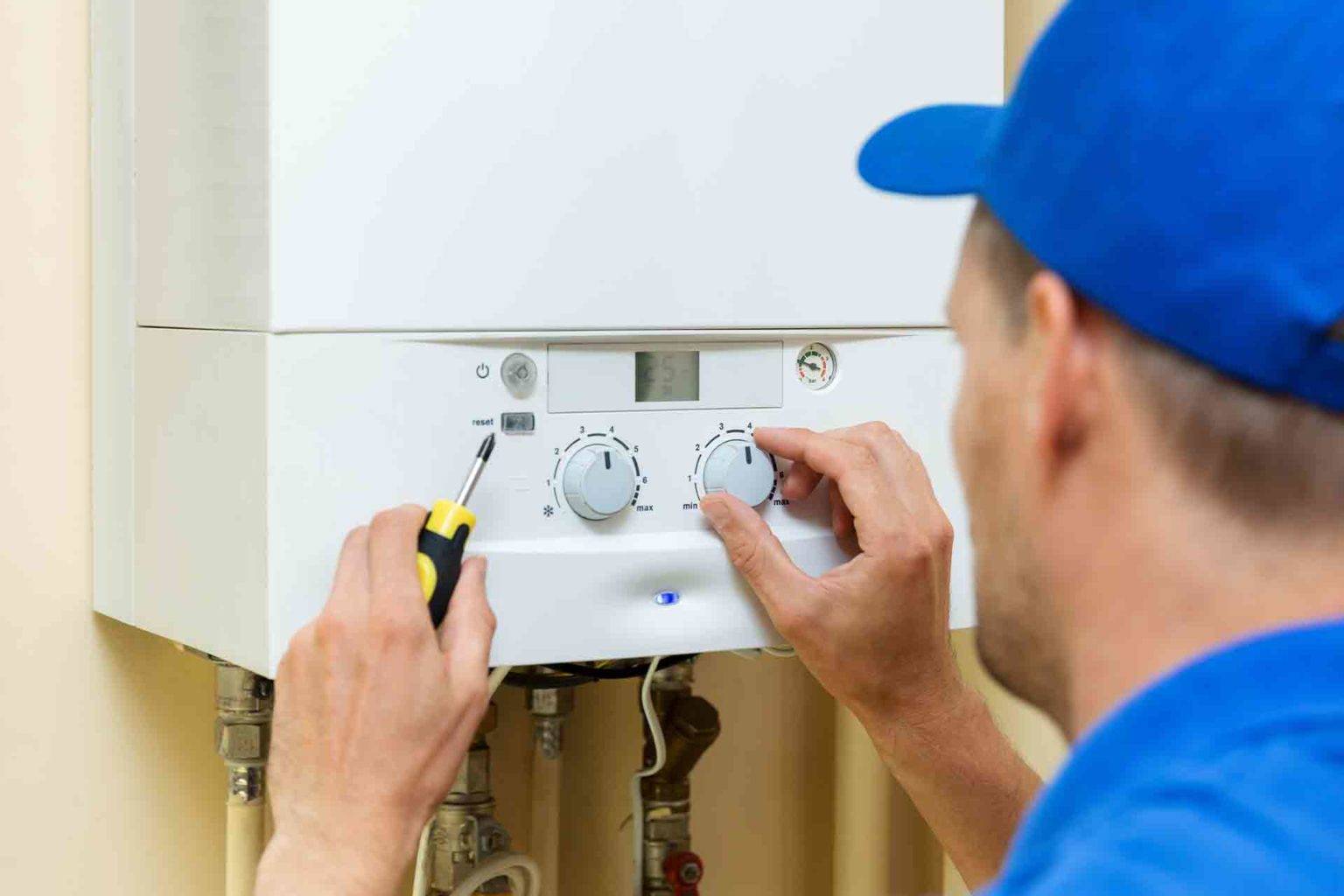
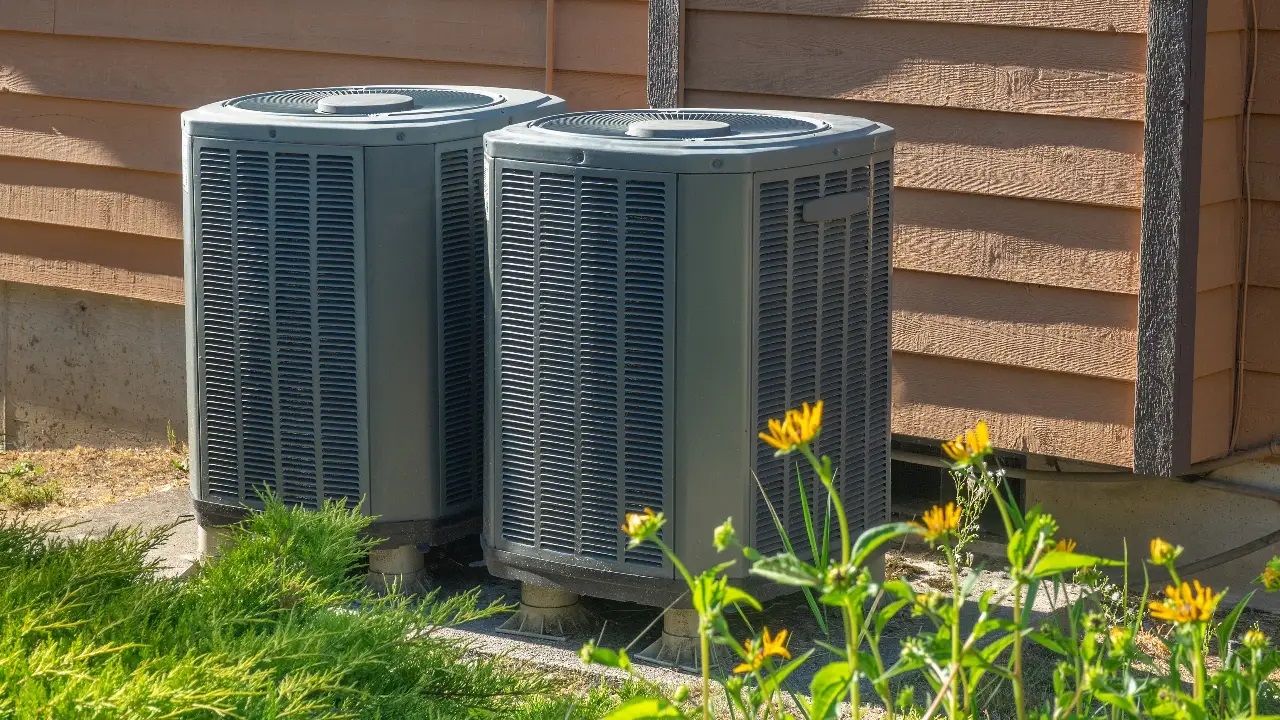
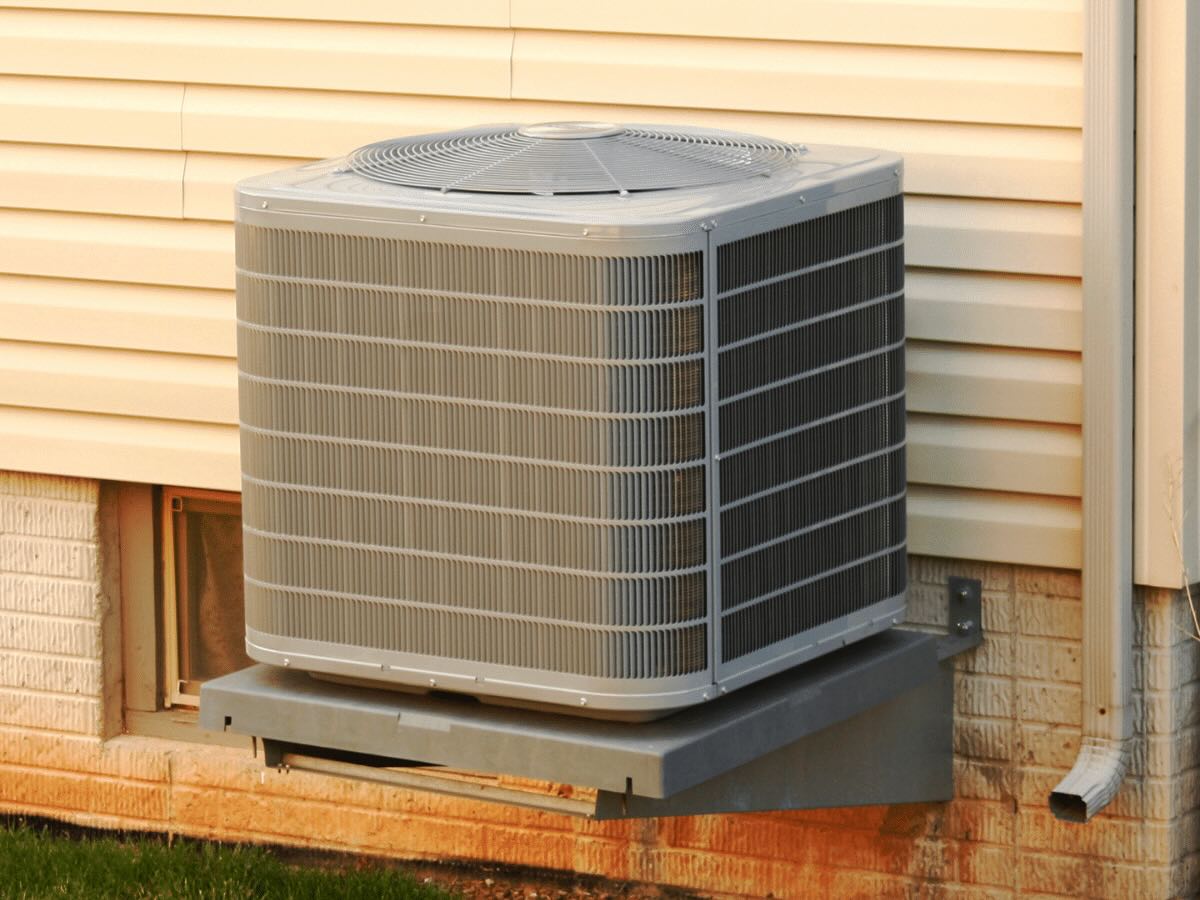
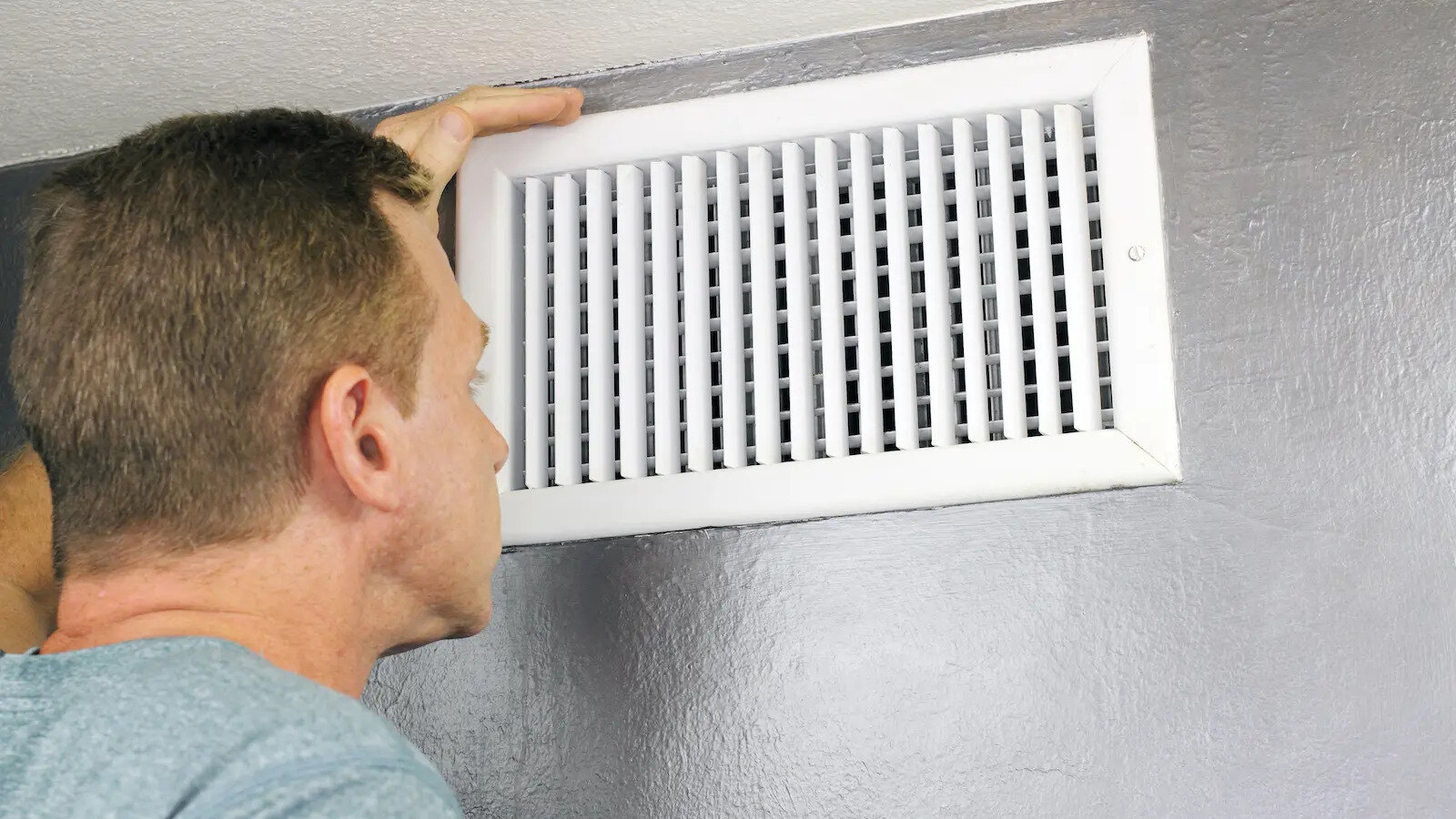


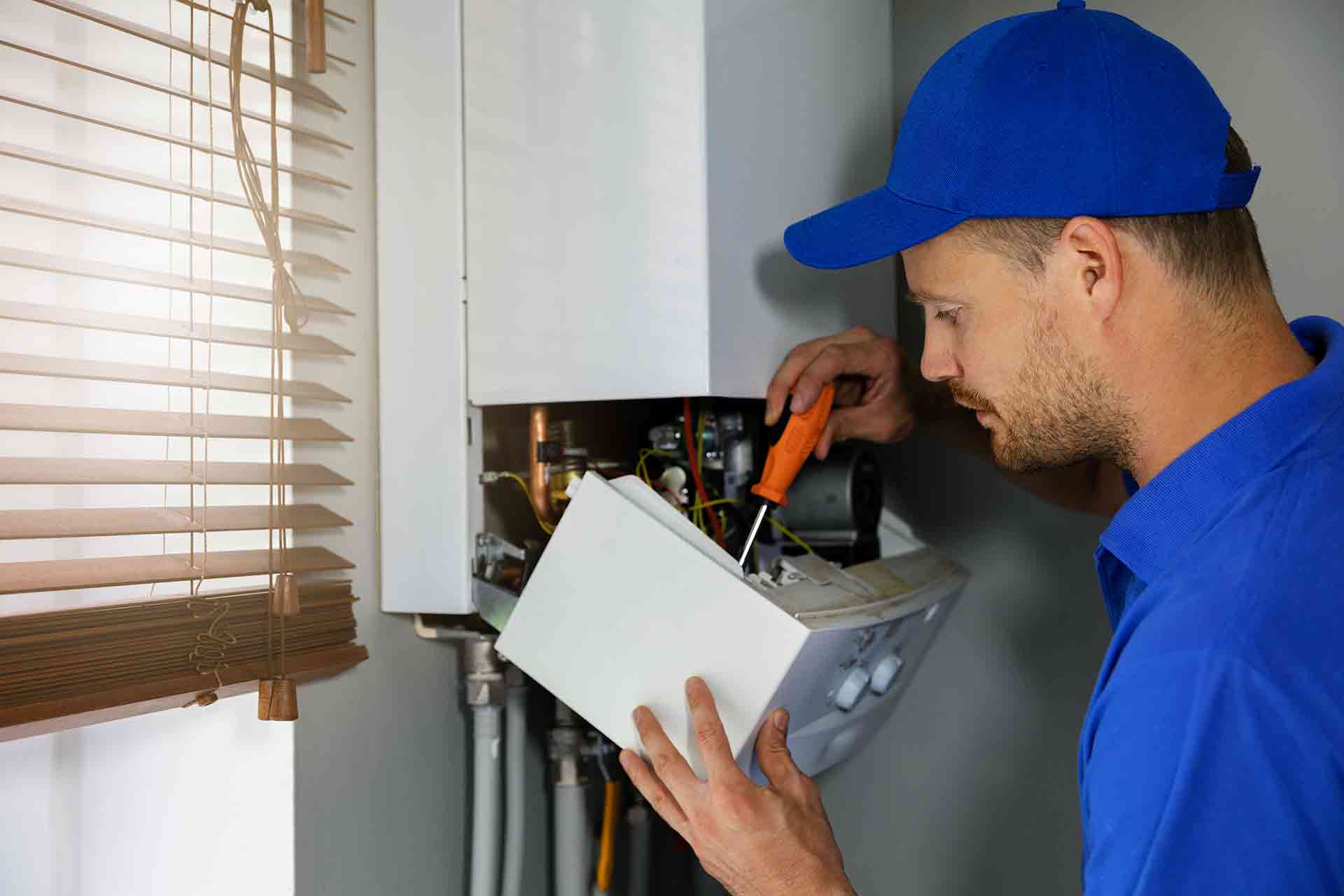
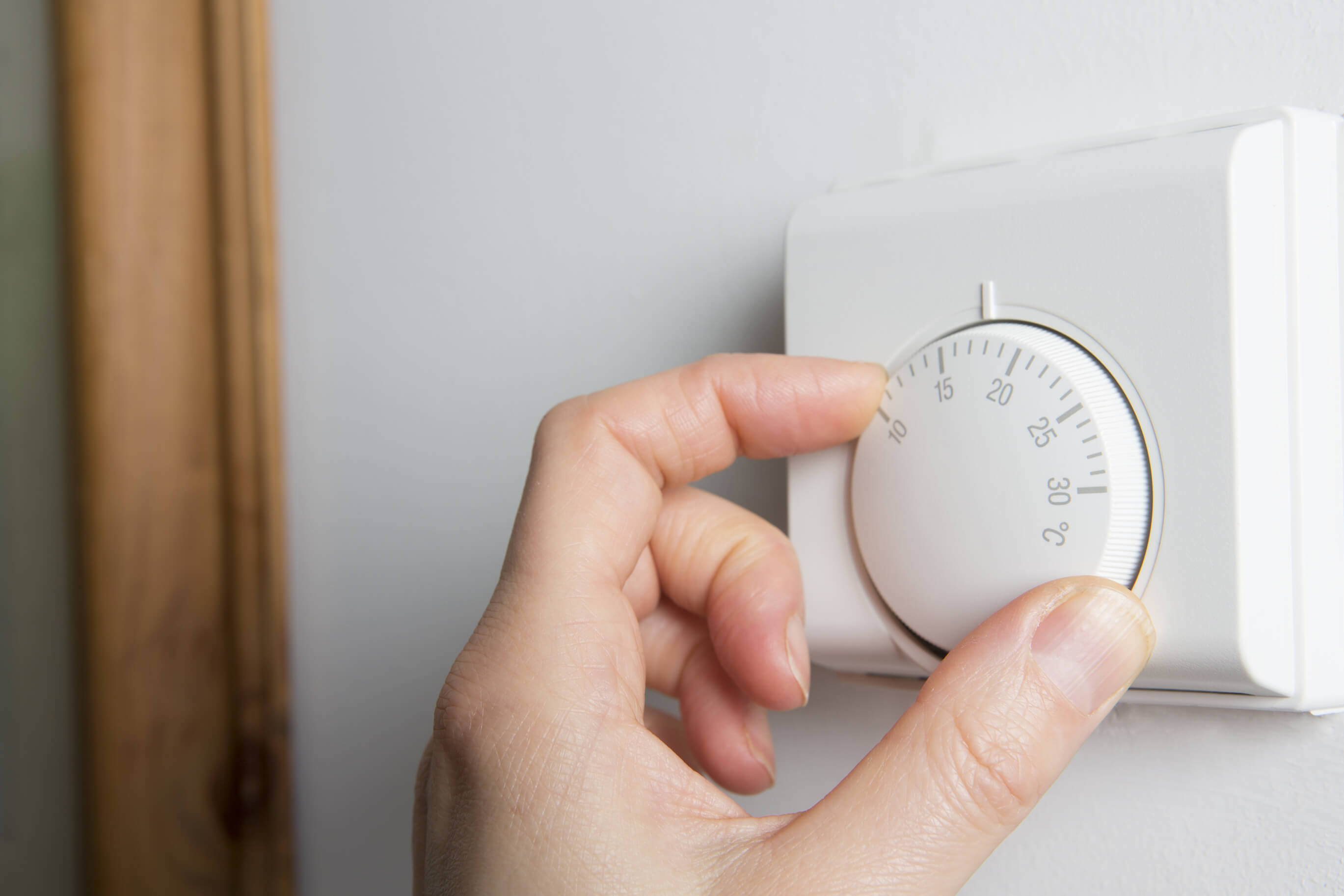
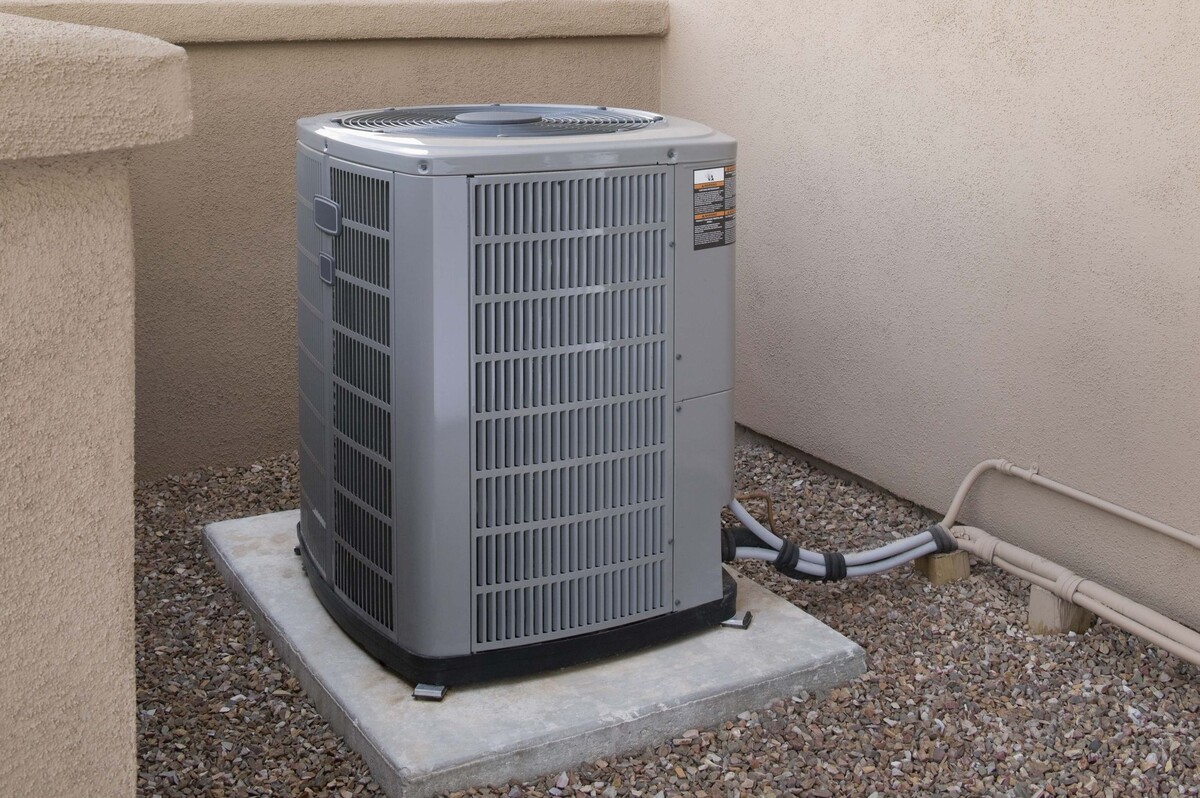



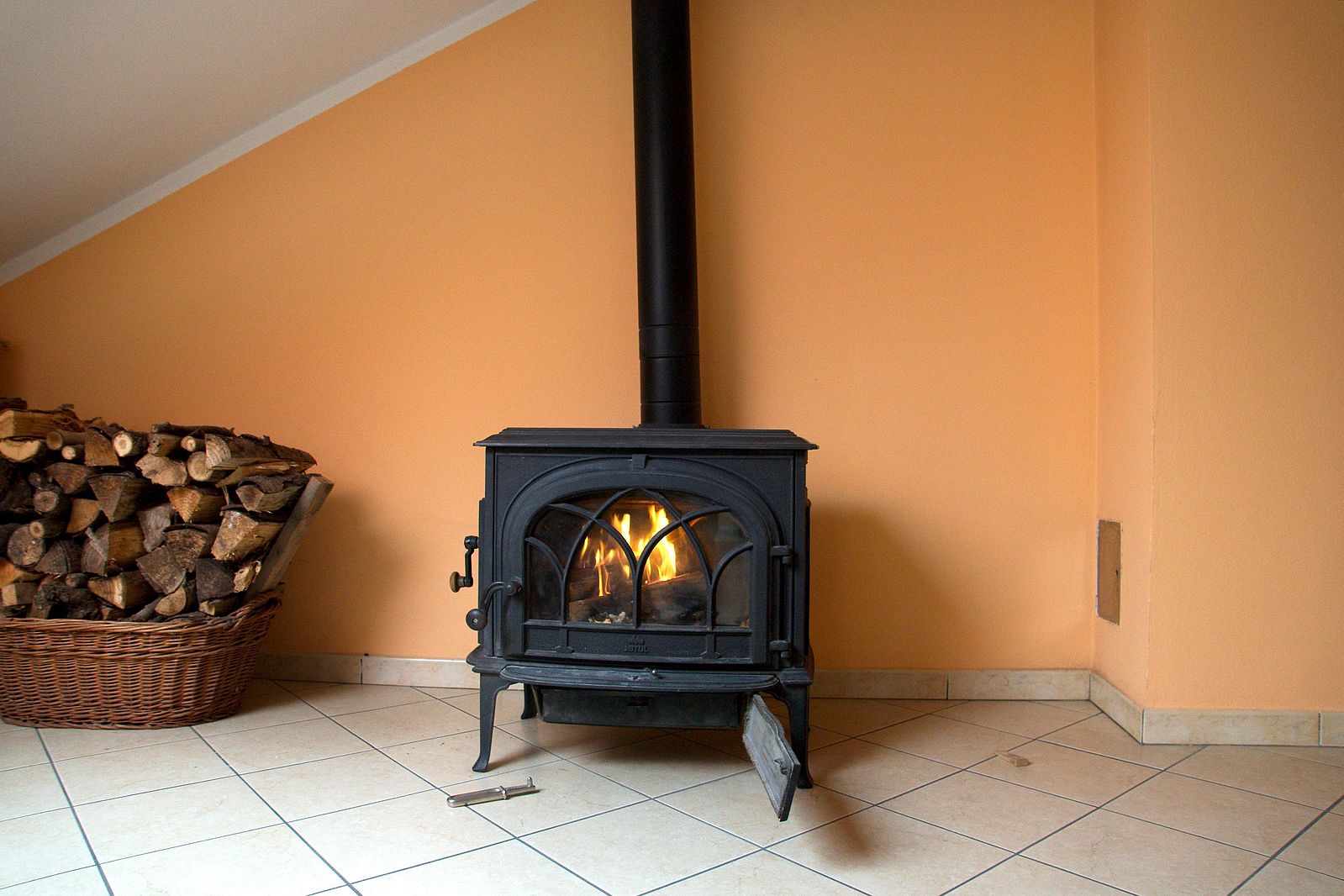

0 thoughts on “How Does Oil Central Heating Work”